What’s Up?
I have been getting out every morning and learning more about the SONY AF system with the 600 600mm f/4L OSS GM lens and both teleconverters (just as I did on the recently concluded DeSoto IPT.
On my Friday morning walk I spotted an amazing (ILE first-ever) five species of woodpeckers: Pileated, Red-bellied, Downy, Red-headed, and Northern Flicker. That same morning I had a fly-by pair of Wood Ducks — they were only the second I’ve seen at ILE, and the season’s first Palm Warbler. Today, Saturday October 5, I had the season’s first snipe.
The intermittent fasting program is going well. I’ve been under 178 pounds the last few days, that for the first time in about a dozen years …
Your Favorite?
Please leave a comment and let us know which of today’s featured images is your favorite and why you liked it the best. Folks have been very lazy recently as far as making the blog interactive …
Galapagos 2020?
If you are interested in learning about a possible Galapagos Photo-Cruise of a Lifetime, September 29-October 13 on the boat (travel dates: 27 SEPT to Guayaquil and fly home on 14 OCT) please get in touch via e-mail. I will need at least eight deposits by December 1, 2019. Details will be announced here soon.
SONY Rig for Sale
Great Buy! Contact me via e-mail if you would like one or the other …
I am offering a slightly used SONY a7r iii Mirrorless Digital camera body — the very one that made all of the great images in the last few blog posts as well as those presented here today — and, a brand-new-in-the-unopened-box SONY 100-400 for the very low price of $4396.00. The camera is in excellent plus condition. But for some tiny nicks and scratches on the base of the camera, it is in pristine shape; it has less than 12,000 actuations. The sale includes the original box and everything that came in it. And as it says above, the 100-400 is brand-new in the box. I bought the lens in case I did not get my 100-400 back from Precision Camera Repair in time for the IPT. I was able to have UPS hold it at the station in Lake Wales and I picked it up last Thursday on the way over to St. Pete. Your purchase includes insured ground shipping via major courier to lower-48 US addresses only. Others are invited to e-mail for shipping surcharge info. Your item will not ship until your check clears unless other arrangements are made.
Please contact me via e-mail or leave a message on my cell phone at 863-221-2372 (Eastern time zone).
You’ve seen the images … Both items are selling new right now for $2498.00 for a total of $4996.00. You can save a handsome $600 by grabbing the pair now. All that you will need to complete your SONY kit is a Sony FE 1.4x teleconverter and one or two Delkin UHS-II 128GB SD Memory Cards. Even with the fastest and most dependable cards on the planet, it is wise to have a back-up card available … artie
IPT Updates
- The Return to Bosque Reduced Rate Scouting IPT. NOV 26-28, 2019 — 3 FULL DAYS: $1199.00. Limit: 8/Openings: 5. Extra Day Options: Join me for one to three extra In-the-Field Days at the end of the IPT as follows: FRI 29 NOV, SAT 30 NOV, and SUN 1 DEC for only $300.00/day.
- The 2020 San Diego 4 1/2-DAY BIRDS AS ART Instructional Photo-Tour (IPT) WED JAN 8, 2020 thru and including the morning session on SUN JAN 12: 4 1/2 days: $2099.(Limit: 8/Openings: 5)
BIRDS AS ART
BIRDS AS ART is registered in the U.S. Patent and Trademark Office.
FlexShooter Pro News
All FlexShooter Pro BigFeet are now in stock in the BAA Online Store. You can click on the chart above or here for more information.
Coming Soon
The FlexShooter Mini
Several months ago I had a FlexShooter Mini to test on both the UK Puffins and Gannets IPT and the Galapagos Photo-Cruise of a Lifetime. It is a smaller, lighter (one pound!) version of the amazing FlexShooter Pro. I used it often with both the Nikon 500 PF and the SONY 100-400 GM with great success and in a pinch, I was able to make sharper images with the Nikon 600 and the TC-E14. All with the Mini mounted on the lighter Induro GIT 204. I suggested to developer/manufacturer Csaba Karai that the Mini needed a bit more spring tension. As there was a problem getting the balls for the new Minis anodized properly, delivery will be delayed several weeks. 🙁 When we do receive our first shipment, the Minis will have my suggested changes.
The FlexShooter Mini with the lighter Induro GIT 204 is dead-solid-perfect for those whose intermediate telephoto or telephoto zoom is their workhorse lens for bird and nature photography. It will sell for $579 plus shipping. Folks who wish to be assured of getting one from our first shipment can order theirs by phone by calling Jim at 863-692-0906 asap. Your card will not be charged until your Mini is shipped. We already have five orders to ship from our first shipment.
FlexShooter Pro Update
We currently have only two FlexShooter Pro heads in stock here. All BigFeet are in stock in the BAA Online Store here. Click here to access the pretty-much-complete FlexShooter Pro story with videos.
Money Saving Reminder
If you need a hot photo item that is out of stock at B&H, would enjoy free overnight shipping, and would like a $50 discount on your first purchase, click here to order and enter the coupon code BIRDSASART at checkout. If you are looking to strike a deal on Canon or Nikon gear (including the big telephotos) or on a multiple item order, contact Steve Elkins via e-mail or on his cell at (479) 381-2592 (Eastern time) and be sure to mention your BIRDSASART coupon code and use it for your online order. Steve currently has several D850s in stock along with a Nikon 600mm f/4 VR. He is getting folks the hot new SONY stuff: the 200-600, the 600 f/4 GM, and the 7R iv. And the wait-list is short for the Nikon 500 P.


Gear Questions and Advice
Too many folks attending BAA IPTs and dozens of photographers whom I see in the field and on BPN, are–out of ignorance–using the wrong gear especially when it comes to tripods and more especially, tripod heads… Please know that I am always glad to answer your gear questions via e-mail. Those questions might deal with systems, camera bodies, accessories, and/or lens choices and decisions.
|
|
|
This iguana-scape was created on a panga (zodiac) cruise at Punta Moreno, Isabela, Galapagos on July 28 on the 2019 Galapagos Photo-Cruise of a Lifetime IPT. I used the handheld Sony FE 100-400mm f/4.5-5.6 GM OSS lens (at 158mm) with the high mega-pixel Sony Alpha a7R III Mirrorless Digital camera body. ISO 1250. Exposure determined by Zebras with ISO on the rear dial: 1/2500 sec. at f/5.6 in Manual mode. AWB at 11:06am on cloudy-bright morning. Flexible Spot (S) Continuous/tracking AF was active at the moment of exposure. The AF point was placed on the head of the Brown Pelican as it was closest to the camera. Click on the image to enjoy a larger, inexplicably sharper version. Image #1: Marine Iguana group and Brown Pelican |
The Wide Shot with an Intermediate Telephoto
The older I get the less I like to carry. Those versatile 80- and 100-400 lenses can be used for all manner of tame wildlife especially with a 1.4X teleconverter added to the mix. At the wider end, they can be used to create habitat shots and even iguana scapes. Remover the TC and do some human zooming. That usually means moving back so that you can frame the animals in their world. In this case, I simply asked the panga driver to move the zodiac back about 50 meters from the rocks.
Depth of Field Question?
Why didn’t I need to stop down to a smaller aperture?
Marine Iguana
“The Marine Iguana (Amblyrhynchus cristatus), also known as the sea iguana, saltwater iguana, or Galápagos Marine Iguana, is a species of iguana found only on the Galápagos Archipelago (Ecuador) that has the ability, unique among modern lizards, to forage in the sea, making it a marine reptile. This iguana feeds almost exclusively on algae. The large males dive to reach this food source, while females and smaller males feed during low tide in the intertidal zone. They mainly live in colonies on rocky shores where they warm after visiting the relatively cold water or intertidal zone, but can also be seen in marshes, mangroves, and beaches. The large males defend territories for a short period, but smaller males have other breeding strategies. After mating, the female digs a nest hole in the soil where she lays her eggs, leaving them to hatch on their own a few months later.”
The above is adapted from the excellent Wikipedia article here. It is an interesting read that details this species evolution, the numerous subspecies, size and appearance, behavior, reproduction and life cycle, feeding strategies, thermoregulation, and its conservation status.
The three largest males in the group photo above are surely more than four feet long. The very largest males of this species can measure about 5 1/2 feet from nose to tail tip and weigh as much as 26 pounds. In my experience, Marine Iguanas are very timid when it comes to humans.
|
|
|
This image was created on a panga (zodiac) ride at Punta Moreno, Isabela, Galapagos on July 28 on the 2019 Galapagos Photo-Cruise of a Lifetime IPT. I used the handheld Sony FE 100-400mm f/4.5-5.6 GM OSS lens with the Sony FE 1.4x teleconverter (at at 358mm) and the high mega-pixel Sony Alpha a7R III Mirrorless Digital camera body. ISO 800. Exposure determined by Zebras with ISO on the rear dial: 1/500 sec. at f/8 in Manual mode. AWB at 11:06am on cloudy-bright morning. Flexible Spot (S) Continuous/tracking AF was active at the moment of exposure. The selected AF point was placed on the iguana’s eye. Click on the image to enjoy a larger version. Image #2: Marine Iguana large male |
Large Male Marine Iguana
The iguanas in the wide shot that opens this blog post co-existed peacefully for about two hours as we positioned and re-positioned the two pangas so we could photograph the iguanas, some Galapagos Penguins, Galapagos Sea Lions, Brown Pelicans, Brown Noddies in flight, diving Blue-footed Boobies, an inactive volcano with a cloud on top, and a large booby/pelican/noddy feeding spree. For no apparent reason, the large male iguana seen in Image #2 went on a rampage, charging and snorting at the rest of his rock-mates. After that, it was much easier to isolate the big guy.
TC Question
Why did I have the TC in place if I was working at only 358mm?
|
|
|
This swimming male Marine Iguana was headed for the feeding grounds near Punta Moreno, Isabela, Galapagos on July 28 on the 2019 Galapagos Photo-Cruise of a Lifetime IPT. From the zodiac, I used the handheld Sony FE 100-400mm f/4.5-5.6 GM OSS lens (at 400mm) with the high mega-pixel Sony Alpha a7R III Mirrorless Digital camera body. ISO 400. Exposure determined by Zebras with ISO on the rear dial: 1/1250 sec. at f/5.6 in Manual mode. AWB at 11:28am on a cloudy-bright morning. Flexible Spot (S) Continuous/tracking AF was active at the moment of exposure. The AF point was placed on the face of the iguana. Click on the image to enjoy a larger, inexplicably sharper version. Image #3: swimming male Marine Iguana |
SONY a7r iii AF Points
Moving the AF points around the frame with SONY a7r bodies using the joystick is an absolute pleasure; nothing could be simpler or faster. And in some situations, usually involving flight or action, Zone or Wide performs superbly. Not to mention that the entire frame but for a very small area around the edges is covered by the AF array, and that AF performance with teleconverters is outstanding as well.
|
|
|
This iguana-scape was created on a panga (zodiac) cruise at Punta Moreno, Isabela, Galapagos on July 28 on the 2019 Galapagos Photo-Cruise of a Lifetime IPT. I used the handheld Sony FE 100-400mm f/4.5-5.6 GM OSS lens (at 100mm) with the high mega-pixel Sony Alpha a7R III Mirrorless Digital camera body. ISO 400. Exposure determined by Zebras with ISO on the rear dial: 1/1000 sec. at f/5.6 in Manual mode. AWB at 11:55am on cloudy-bright morning just as the sun poked through a bit. Flexible Spot (S) Continuous/tracking AF was active at the moment of exposure. The AF point was placed on the head of the closest photographer. Click on the image to enjoy a larger, inexplicably sharper version. Image #4: Photographers in zodiac at Punta Moreno, Isabela |
Panga Cruising
During the two weeks on the Samba on my trips, we make about 15 different landings and do about 6 zodiac photo sessions. Both can be hugely productive. On the 2019 trip, many of the boys and girls were using Canon gear. Here again, I removed the 1.4X and zoomed out for the scenic shot. If I bring more than one lens or any accessories, the extra gear is wrapped in a heavy towel and placed on the bottom of the panga. Over the years I have used a great variety of focal length lenses from the zodiacs. Those include Canon gear: both 100-400s, the 300 f/3.8L IS II (with both TCs), both 400 DO lenses (often with the 1.4X TC), the 200-400 with Internal TC, and the 70-200mm. With Nikon: the 80-400 VR and the 500 PF. And most recently: the SONY 100-400.
The Samba recently upgraded both pangas to newer, larger models allowing more room for all. My guide, Juan, in blue at the back, and the two crew members who drive the zodiacs are all immensely skilled at positioning the pangas for photography. Sometimes you just wanna kiss them!
|
|
|
This image was created on our landing at Punta Espinoza, Fernandina on July 27 on the 2019 Galapagos Photo-Cruise of a Lifetime IPT. I used the handheld Sony FE 100-400mm f/4.5-5.6 GM OSS lens with the Sony FE 1.4x teleconverter (at at 552) and the high mega-pixel Sony Alpha a7R III Mirrorless Digital camera body. ISO 500. Exposure determined by Zebras with ISO on the rear dial: 1/320 sec. at f/8 in Manual mode. AWB at 8:23am on cloudy-bright morning. Flexible Spot (S) Continuous/tracking AF was active at the moment of exposure. The selected AF point was placed on the front corner of the baby iguana’s eye. Click on the image to enjoy a larger version. Image #5: Marine Iguana young |
Baby Marine Iguanas
Hatchling Marine Iguanas average about 9-12 inches in length when they emerge from their leathery egg that had been buried one to three and a half feet deep in sand or volcanic ash. I’d guess that the young iguana in Image #3 is about a week old. I was able to approach low and slow on a large volcanic slope that abutted the sea. I love the close focusing capabilities of the SONY 100-400 (.98 meters, the same as the Canon 100-400 II).
|
|
|
San Diego offers a wealth of very attractive natural history subjects, including and especially the Pacific race of California Brown Pelican. With annual visits spanning more than four decades, I have lots of photographic experience there … Click on the composite to enjoy a larger version. |
The 2020 San Diego 4 1/2-DAY BIRDS AS ART Instructional Photo-Tour (IPT) WED JAN 8, 2020 thru and including the morning session on SUN JAN 12: 4 1/2 days: $2099.(Limit: 8/Openings: 7)
Introductory Meet and Greet at 7:00pm on the evening before the IPT begins; WED JAN 7, 2020.
Join me in San Diego to photograph the spectacular breeding plumage Brown Pelicans with their fire-engine red and olive green bill pouches; Brandt’s (nesting with eggs and possibly chicks) and Double-crested Cormorants; breeding plumage Wood and Ring-necked Duck; other duck species possible including Lesser Scaup, Redhead, and Surf Scoter; a variety of gulls including Western, California, and the gorgeous Heermann’s, all in full breeding plumage; shorebirds including Marbled Godwit, Willet, Sanderling and Black-bellied Plover; many others are possible including Least, Western, and Spotted Sandpiper, Whimbrel, Black and Ruddy Turnstone, Semipalmated Plover, and Surfbird; Harbor Seals (depending on the current regulations) and California Sea Lions; and Bird of Paradise flowers. And as you can see by studying the IPT cards, there are some nice bird-scape and landscape opportunities as well. Not to mention a ton of excellent flight photography opportunities and instruction.
Please note: where permitted and on occasion, ducks and gulls may be attracted (or relocated) with offerings of grains or healthy bread.
Learning Exposure, Whether You Like It Or Not
Whether you like it or not, we will be beating the subject of exposure like a dead horse. In every new situation, you will hear my thoughts on the exposure situation along with my thoughts on both Nikon and Canon histograms and the subject of blinkies. Whether you like it or not, you will learn to work in manual mode and to get the right exposure every time as long as a bird gives you ten seconds with the light constant. And you will learn what to do when the light is changing constantly. What you learn about exposure will be one of the great takeaways on every IPT.
|
|
|
Though the pelicans will be the stars of the show on this IPT, there will be many other handsome and captivating subjects in wonderful settings. Click on the composite to enjoy a larger version. |
It Ain’t Just Pelicans
With gorgeous subjects just sitting there waiting to have their pictures taken, photographing the pelicans on the cliffs is about as easy as nature photography gets. With the winds from the east almost every morning there is usually some excellent flight photography as well. And the pelicans are almost always doing something interesting: preening, scratching, bill pouch cleaning, or squabbling. And then there are those crazy head throws that are thought to be a form of intra-flock communication. You will be guided as to how to make the best of all of those opportunities. And depending on the weather and local conditions and tides, there are a variety of fabulous photo chances available in and around San Diego.
|
Did I mention that there are lots of great birds and natural history subjects in San Diego in winter? Click on the composite to enjoy a larger version. |
The San Diego Details
This IPT will include five 3 1/2 hour morning photo sessions, four 2 1/2 hour afternoon photo sessions, four lunches, and after-lunch image review and Photoshop sessions. To ensure early starts, breakfasts will be your responsibility. And so that we can get some sleep, dinners will be on your own.
A $599 non-refundable deposit is required to hold your slot for this IPT. You can send a check (made out to “Arthur Morris) to us at BIRDS AS ART, PO Box 7245, Indian Lake Estates, FL, 3385, or call Jim or Jennifer at the office with a credit card at 863-692-0906. Your balance, payable only by check, will be due on 10/11//2018. If we do not receive your check for the balance on or before the due date we will try to fill your spot from the waiting list. Please print, complete, and sign the form that is linked to here and shoot it to us along with your deposit check. If you register by phone, please print, complete and sign the form as noted above and either mail it to us or e-mail the scan. If you have any questions, please feel free to contact me via e-mail.
Travel Insurance
Travel insurance for both big international trips and US-based IPTs is highly recommended as we never know what life has in store for us. I strongly recommend that you purchase quality travel insurance. Travel Insurance Services offers a variety of plans and options. Included with the Elite Option or available as an upgrade to the Basic & Plus Options you can also purchase Cancel for Any Reason Coverage that expands the list of reasons for your canceling to include things such as sudden work or family obligation and even a simple change of mind. My family and I use and depend on the great policies offered by TIS whenever we travel. You can learn more here: Travel Insurance Services. Do note that many plans require that you purchase your travel insurance within 14 days of our cashing your deposit check or running your credit card. Whenever purchasing travel insurance, be sure to read the fine print carefully even when dealing with reputable firms like TSI.
|
Variety is surely the spice of life in San Diego. Click on the composite to enjoy a larger version. |
Getting Up Early and Staying Out Late
On all BIRDS AS ART IPTS including and especially the San Diego IPT, we get into the field early to take advantage of unique and often spectacular lighting conditions and we stay out late to maximize the chances of killer light and glorious sunset silhouette situations. We often arrive at the cliffs a full hour before anyone else shows up to check out the landscape and seascape opportunities.
If In Doubt …
If you are in doubt about using the BAA B&H affiliate link correctly, you can always start your search by clicking here. Please note that the tracking is invisible. Web orders only. Please, however, remember to shoot me your receipt via e-mail.


Please Remember to use my Affiliate Links and to Visit the BAA Online Store 🙂
To show your appreciation for my continuing efforts here, we ask, as always, that you get in the habit of using my B&H affiliate links on the right side of the blog or Bedfords, for all of your photo and electronics purchases. Please check the availability of all photographic accessories in the New BIRDS AS ART Online Store, especially the Mongoose M3.6 tripod head, Wimberley lens plates, Delkin flash cards and accessories, and LensCoat stuff.
As always, we sell only what I have used, have tested, and can depend on. We will not sell you junk. We know what you need to make creating great images easy and fun. And please remember that I am always glad to answer your gear questions via e-mail.
I would, of course, appreciate your using our B&H affiliate links or Bedfords for all of your major gear, video, and electronic purchases. For the photographic stuff mentioned in the paragraph above, and for everything else in the new store, we, meaning BAA, would of course greatly appreciate your business. Here is a huge thank you to the many who have been using our links on a regular basis and those who will be visiting the New BIRDS AS ART Online Store as well.
Be sure to like and follow BAA on Facebook by clicking on the logo link upper right.
Typos
In all blog posts and Bulletins, feel free to e-mail or to leave a comment regarding any typos or errors. Just be right :).



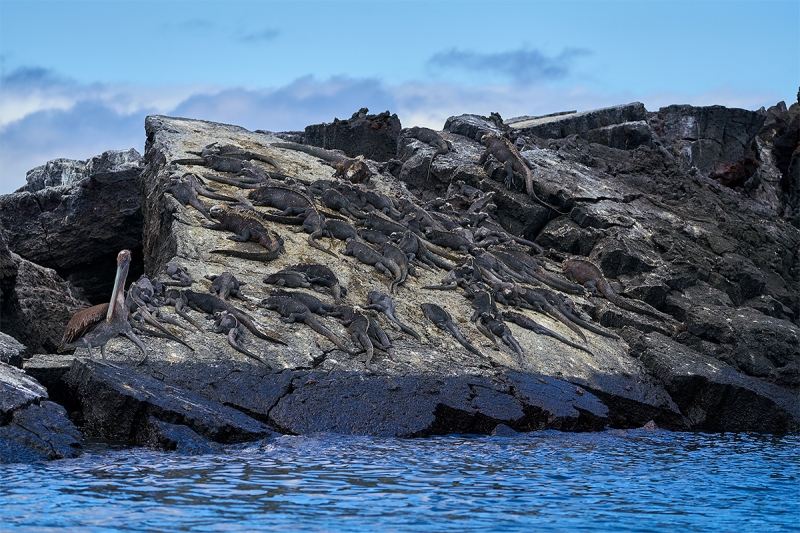
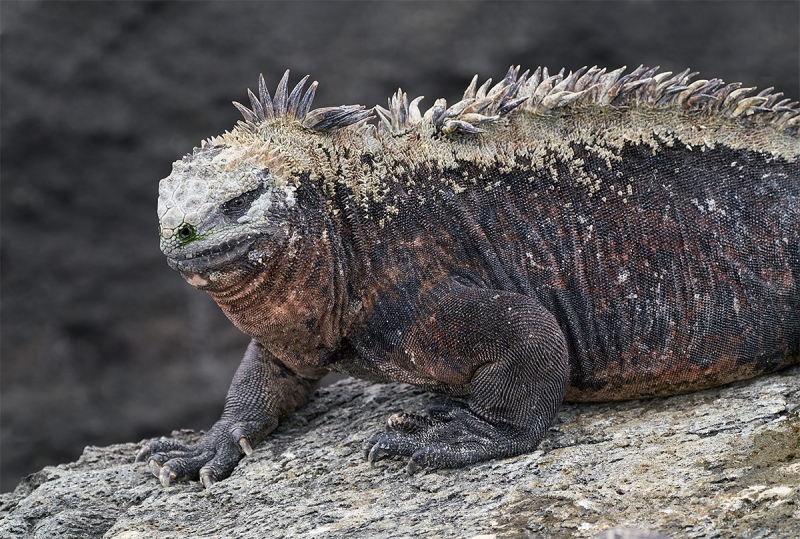
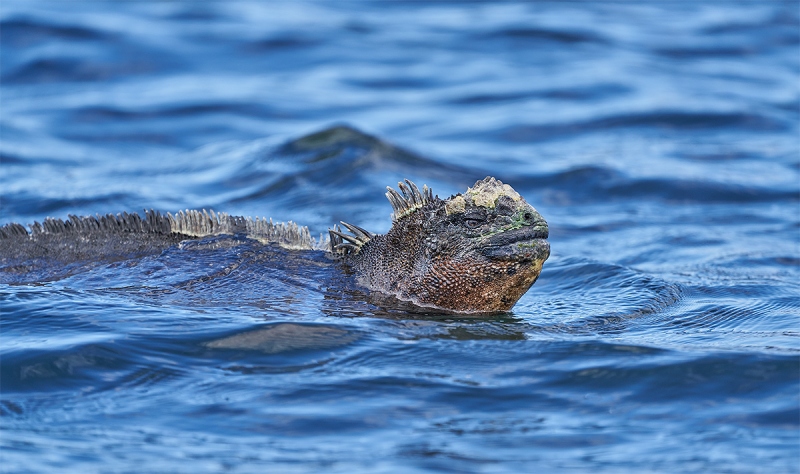
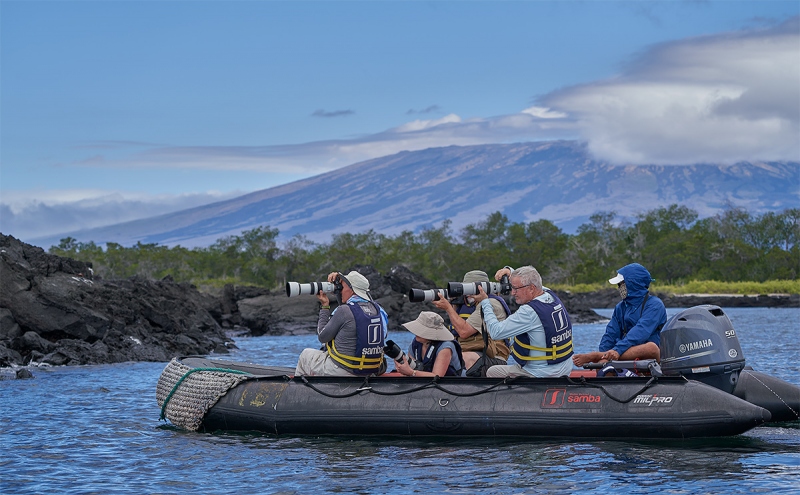
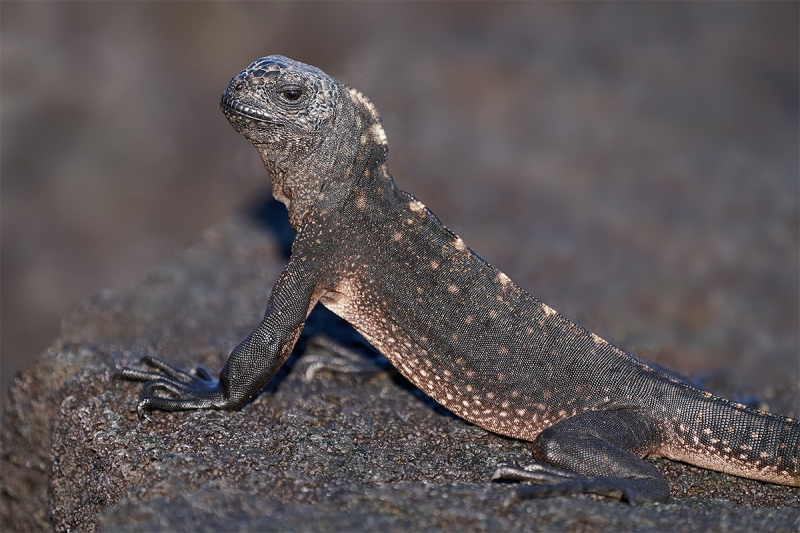
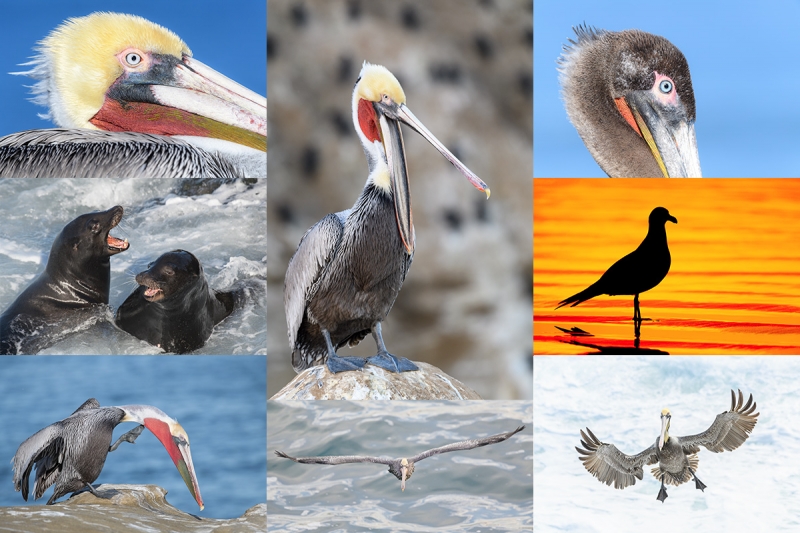
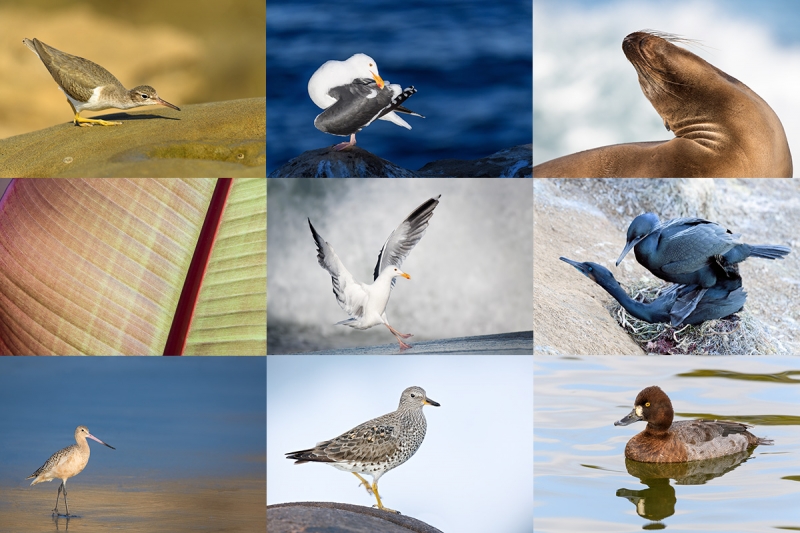















Hey Arthur, Like image #1 shows the environment nicely and the pelican is a plus. Why is Juan with no shoes. You might have to start vlogging to get more interaction here.
Thanks, John. I e-mailed you about vlogging … Juan has been walking on lava rock since he was about three so he rarely wears footwear …
with love, a